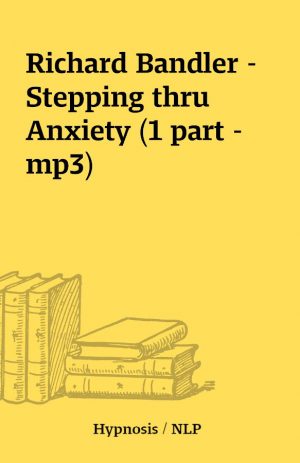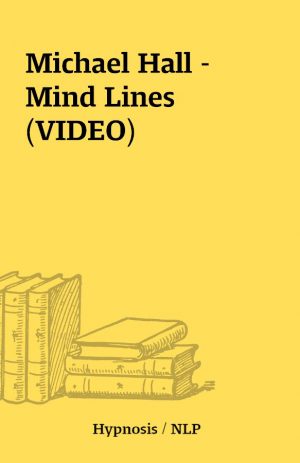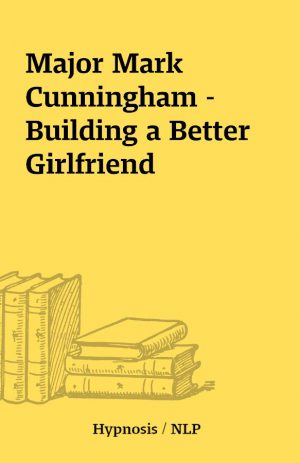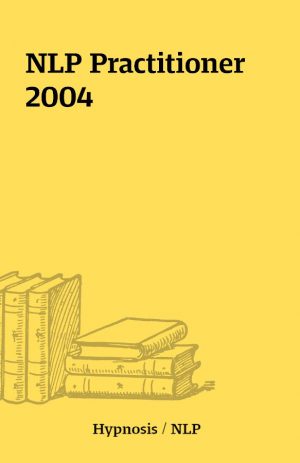Robert Dilts & Robert McDonald – Walking Belief Change Pattern
Robert McDonald – Walking Belief Change
[1 DVDaudio – Rip]
Description
AS REQUESTED!The Walking Belief Change PatternRobert guides Linda through examination and replacement of her limiting belief (“it’s bad to have been born female”). She moves from certainty to uncertainty about the belief, which enables her to place it in the “museum of old beliefs.” Then, she chooses and adopts a new belief she wants instead. This tape includes a complete demonstration (also available on video [item #107]), as well as introduction and follow-up discussion.The Walking Belief Change Pattern DVDRobert Dilts & Robert McDonald, M.S. Price: $39.00Walking Belief Change Conversation TemplateThe walking belief change is a process taught by Robert McDonald and Robert Dilts. It is a walking ritual that is used to shed unwanted beliefs and replace them with positive supportive beliefs. While it may be unrealistic to lead a coaching client through an entire belief change exercise, it can be effective to use the principles of the walking belief change as a basis for creating powerful questions that facilitate the process of shifting or replacing old beliefs.In the walking belief change process, the client sets out spaces on the floor for 1. Current beliefs2. Open to doubt3. The museum of old beliefs4. The desired new belief5. Open to believing6. Sacred beliefsWhen we use this model in coaching, we will often simply describe one of the concepts and invite the client into that mental “space” or perspective. Following are descriptions, statements and questions based on the walking belief change. 1. It sounds like you have a belief that is influencing your behavior. How would you describe it? What do you believe about this issue? What is true in this situation?2. Are you beginning to question the validity of this belief? Is there some doubt in your mind about this assumption? Think of a time when you first began to question an old belief. Is that similar to how you feel now?3. At one time this belief served you. I understand that you no longer want to hold this belief, but rather than throwing it away (that seems like a kind of self-violence) you might want to imagine putting it in a museum with other old beliefs, like a belief in Santa Claus or the Tooth Fairy. This old belief won’t stay with you or influence your life, but it will be revered for the service it provided at some time in the past. You can visit if you like, but it will stay in the museum.What other old beliefs are in the museum? How would you represent this belief in the museum? Would it be a sculpture or an object on a pedestal or a painting framed on the wall or. . .?4. What belief would serve you better at this point in your life? How would you state the preferred belief?5. Do you sense that this new belief may be true? Are you open to believing something different from your old belief? Are you ready to embrace a new belief? Think of a time when you were open to a new belief, you may not have totally accepted it but you were open to a new possibility.6. What are your most dearly held beliefs? What would your life be like if you held this new belief in the same way?As part of the coaching, you could invite the client to physically step into one of the spaces that you describe for them. “Stand up and step into the museum. What do you see?” or “Step into that place of doubting your old belief.”Again, we rarely use the entire list of questions or introduce the whole model. That approach runs the risk of becoming the coach’s agenda, and your attention as a coach is on the client’s agenda. So use the parts of this process that are most appropriate and will provide the client with support in creating beliefs.Return to freebies page
You must be logged in to post a review.






Reviews
There are no reviews yet.